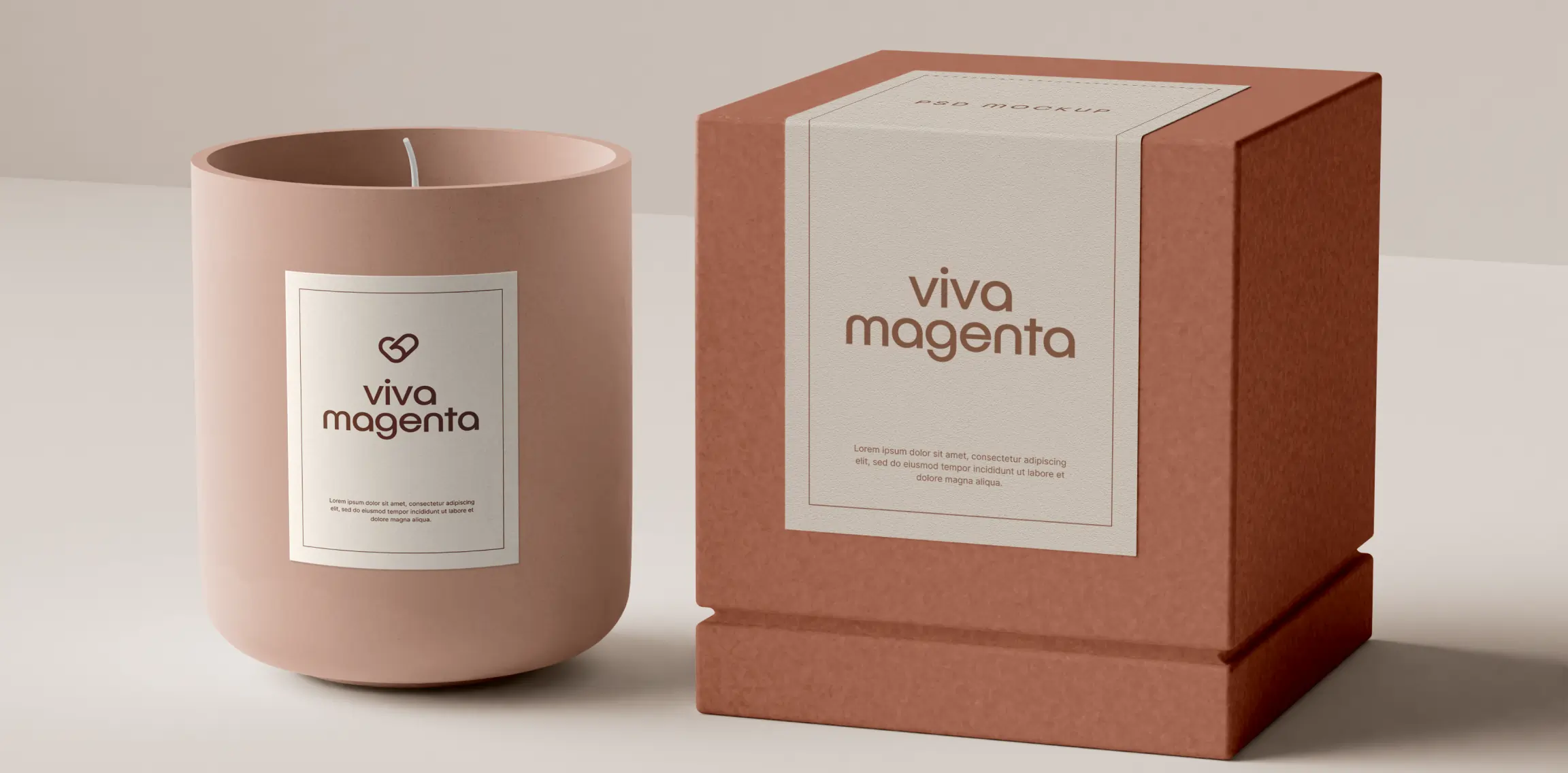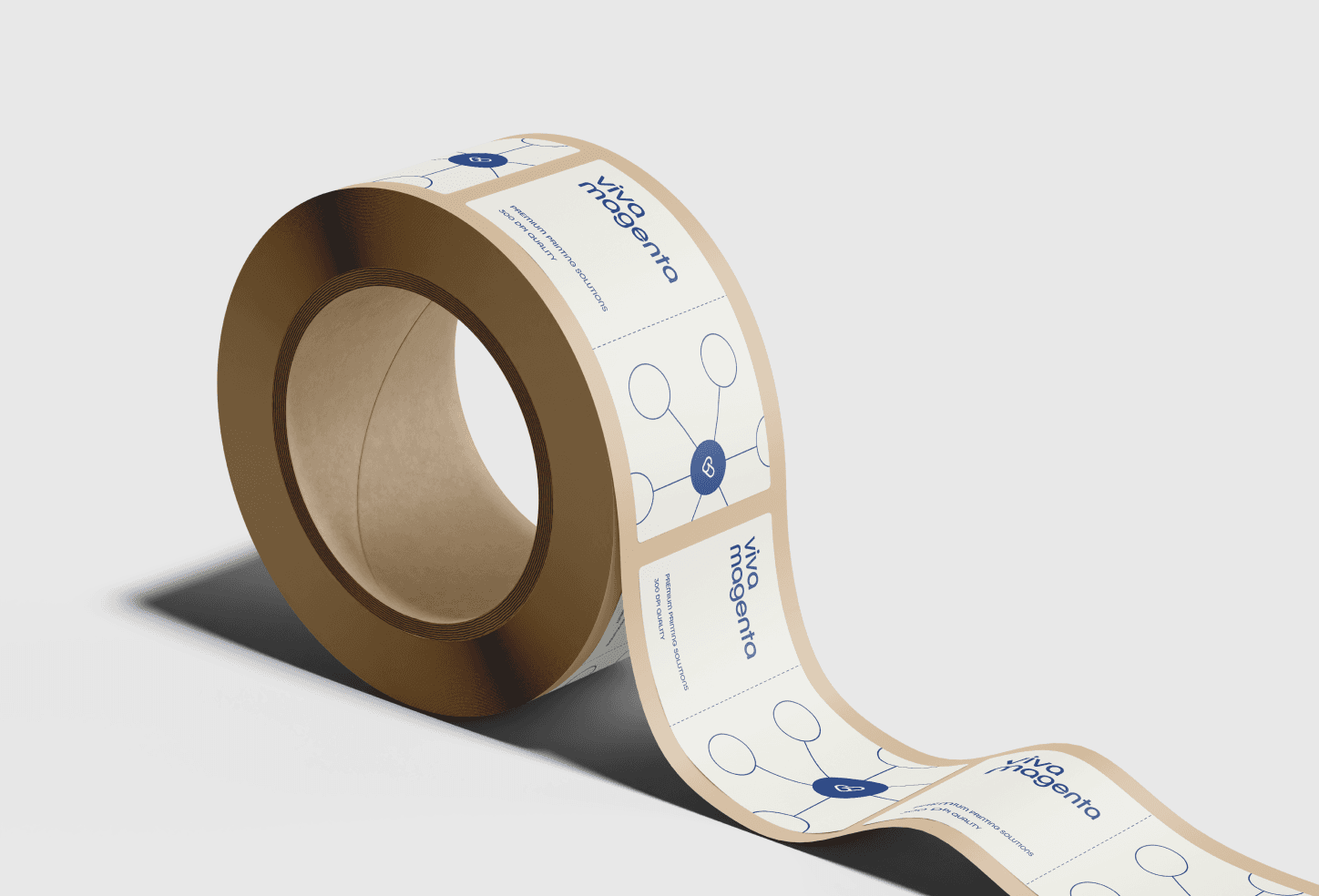Master the Packaging Design Process in 6 Steps
Introduction to Packaging Design
In a marketplace teeming with options, packaging design significantly distinguishes a product. More than just a protective cover, effective packaging is a critical communication tool, embodying the brand’s ethos and distinguishing it from the competition. This blend of aesthetics and functionality creates a memorable unboxing experience, enhancing brand identity and fostering consumer connection at the point of sale.
Packaging design is a vital marketing mix component. It combines brand elements like colours, logos, and typography with the essentials of protection and product information. It represents the brand's first physical interaction with the customer, offering a unique opportunity to impress and engage.
As we delve into the packaging design process, remember it’s a journey of balancing creativity with strategic thinking. Every choice, from colour to material, plays a pivotal role in crafting a brand narrative that resonates with your target audience.
Step 1: Market Research and Competitor Analysis
Before entering the design phase, it’s crucial to lay a solid foundation through thorough market research and competitor analysis. This step involves gaining insights into your brand’s position in the market and understanding the preferences and needs of your target audience.
1. Market Research: Start by identifying your customers and their value in a product like yours. Use surveys, focus groups, and sales data to gather information on consumer behaviour and preferences information. This research will inform your packaging design, marketing strategy, and product development.
2. Competitor Analysis: Analyse your competitors’ packaging to identify trends, strengths, and gaps in the market. Look at their use of colour, typography, materials, and messaging. What makes their packaging effective or ineffective? Understanding these elements will help you differentiate your product and spot innovation opportunities.
Both market research and competitor analysis should guide your design strategy, ensuring that your packaging not only stands out on the shelf but also speaks directly to your target consumer’s desires and expectations. By analysing your market and competition, you can effectively position your packaging to capture attention and convey your brand’s unique value proposition.
Step 2: Defining Your Packaging Goals
Setting clear goals for your packaging is crucial to direct the design process and align the end product with your brand strategy. These objectives guide design choices and gauge the success of the packaging.
Enhance Brand Identity: Ensure every aspect of your packaging, from colour to imagery, reflects your brand's ethos and aesthetics. Consistency is vital to reinforcing brand recognition and loyalty.
Attract Target Audience: The design should captivate your intended consumers at first glance, making your product stand out on the shelf and conveying its benefits.
Balance Function with Aesthetics: Your packaging must protect the product and be practical while maintaining a visually appealing design. Consider durability, shelf stability, and user-friendliness to ensure a positive consumer experience.
Differentiate in the Market: Aim for a design that distinguishes your product from competitors. Innovation in design, materials, or user interaction can make your packaging unique and offer an engaging unboxing experience.
Step 3: Knowing Your Audience
Understanding your target audience is crucial for creating a packaging design that resonates and engages. This step involves aligning your design with your consumers' preferences, needs, and expectations.
Identify Demographics: Start by defining the age, gender, income level, and lifestyle of your primary buyers. These factors heavily influence buying decisions and should guide your design strategy.
Understand Preferences: Dive into your audience's aesthetic preferences and values. Do they prefer minimalist designs, or are they drawn to bold and vibrant packaging? Tailoring your design to match these preferences can significantly impact shelf appeal.
Solve Consumer Problems: Consider the practical aspects of your packaging from the consumer's perspective. Easy-to-open, resealable, or portable packaging can address common consumer frustrations and enhance the overall product experience.
Step 4: Conceptualizing the Design
This step transforms your research and goals into tangible design concepts. It’s where creativity meets strategy to shape the physical and visual elements of your packaging.
Brainstorm Ideas: Gather your design team for a brainstorming session on innovative and brand-aligned concepts. Consider your brand identity, product features, and consumer insights as your creative foundation.
Sketch and Visualize: Begin with rough sketches to explore various design directions. Visualisation tools or software can help refine these ideas into more polished concepts that align with your brand and audience expectations.
Feedback and Refine: Present these concepts to a select group for feedback. This step could include internal team members, a focus group of target consumers, or stakeholders. Use their insights to refine and evolve your designs.
Step 5: Selecting Materials and Designing for Compliance
Choosing the suitable materials and ensuring compliance are critical steps in the packaging design process, impacting both the aesthetic appeal and functionality of your packaging.
Material Selection: Pick materials that align with your brand identity and product needs. Consider factors like durability, cost, and the product’s weight. The right choice enhances the design’s visual appeal and ensures product protection.
Compliance Considerations: Your packaging must adhere to industry regulations and standards, which vary depending on the product type and market. This includes labelling requirements, safety standards, and specific legal guidelines for your product.
Functionality and User Experience: Beyond aesthetics, the chosen materials and design must offer a practical, user-friendly experience. Consider ease of use, reusability, and how the packaging interacts with the product.
Prototyping and Testing: Before finalising, prototype with your selected materials to test for functionality and compliance. This step can reveal practical issues or compliance oversights, allowing for adjustments before mass production.
Step 6: Production
Transitioning your packaging design from prototype to full-scale production is critical in bringing your product to market. Here's how to navigate this phase effectively:
Choosing the Right Manufacturer: Partner with a manufacturer that understands your vision and has the expertise and capabilities to produce your packaging at scale. Evaluate their production facilities, technology, and track record for quality and reliability.
Finalising Specifications: Before production begins, confirm all design specifications, materials, and finishes with your manufacturer. The information we recommend you confirm includes dimensions, colours, quantity, material and any special features or finishes crucial to your design.
Production Timeline: Work closely with your manufacturer to understand the production timeline. Plan for any potential delays and coordinate the production schedule with your overall product launch timeline to ensure everything is ready when needed.
Scaling Considerations: Discuss with your manufacturer the possibility of scaling production up or down based on demand. Flexibility can be crucial in responding to market changes or consumer feedback.
To Wrap Up
Mastering the packaging design process is essential for creating compelling packaging that captures attention and resonates with your audience. Each step, from conducting thorough market research to selecting the right manufacturer for production, contributes to developing packaging that looks great and aligns with your brand's identity and values. Understanding your audience, defining clear goals, and embracing creativity and innovation can ensure your product stands out in a crowded market. Successful packaging design is more than aesthetic appeal; it's about crafting a memorable experience that enhances your brand and connects with consumers on a deeper level. With strategic planning and attention to detail, your packaging can become a crucial driver of brand recognition and customer loyalty.

